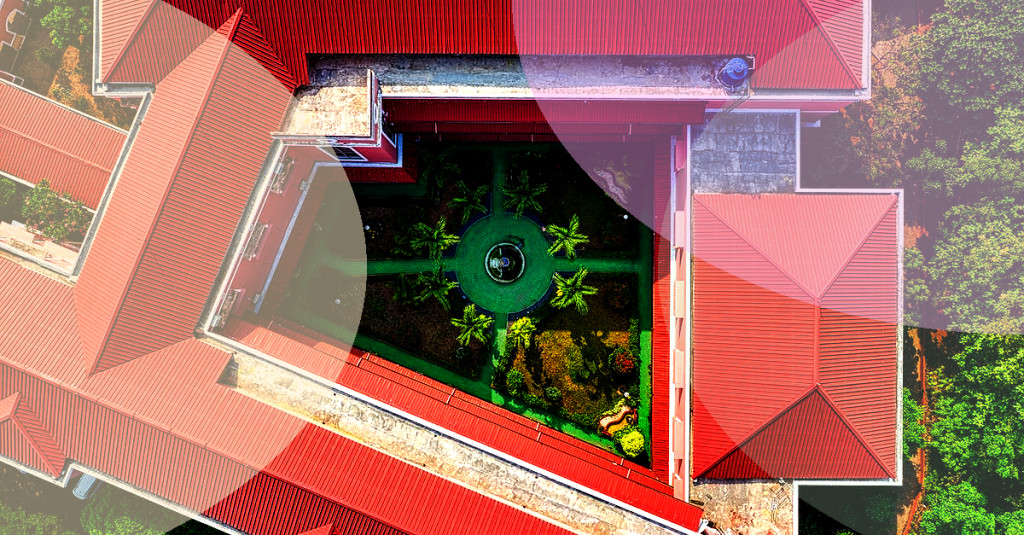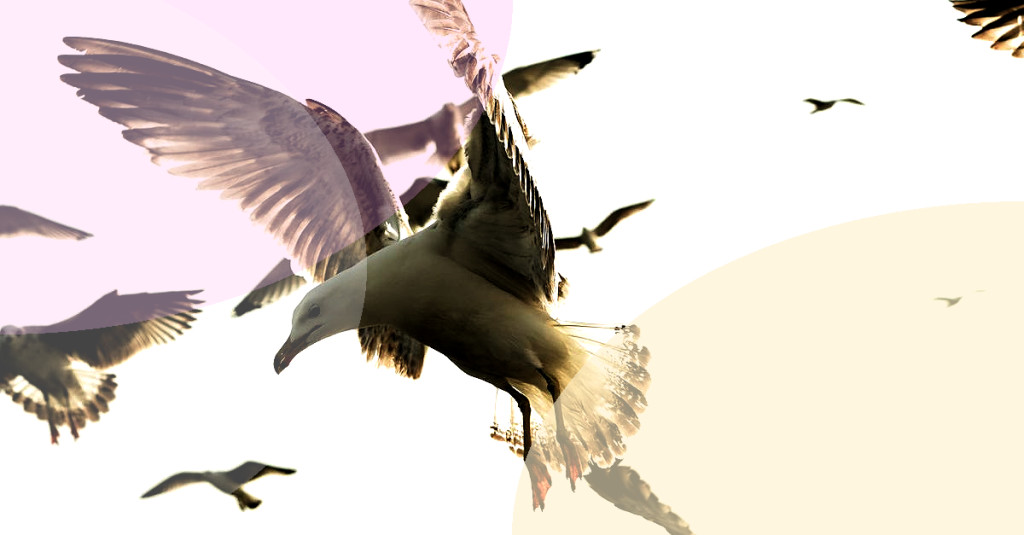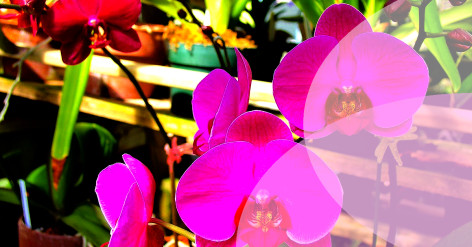How to Create a Garden That Attracts Birds

Flying High: Preparing Your Garden for Bird Visitors
Have you ever found yourself yearning for the relaxing sounds of birdsong in the morning or the sight of colorful plumage flitting through your yard? Look no further as we guide you through the process of designing a garden that not only pleases the human eye, but also calls forth our feathered friends to visit and make themselves at home.
1. Water: A Splashing Good Time
Just as our own species relies on certain basic needs being met, so too do birds require a few essentials to be drawn to a particular spot. By addressing water, food, shelter, and safety concerns, you'll find your garden brimming with winged creatures in no time!
2. Food: A Heavenly Feast for Birds
Birds tend to rely on fresh, clean water not just for drinking but for their hygienic needs as well. Including a birdbath or fountain in your garden creates an attractive location for bathing and rehydrating. To make it more inviting, place the water feature near to some lush vegetation, like bushes or trees, providing them with perches and shelter.
Additionally, a solar-powered fountain can be another great choice. The gentle movement this generates will not only prevent water stagnation but will also catch the eye of curious bird species.
3. Shelter: Cozy Abodes for Avian Friends
Planning the best menu for your bird visitors starts with knowing which type of plants are most attractive to them. Unlike humans, birds are rather less discerning when it comes to the presentation of their meal and more focused on the taste. Planting native species such as wildflowers, bushes, trees, and grasses will provide our winged buddies with diverse sources of food, including seeds, berries, insects, and even nectar!
A few examples of bird-friendly plants include the dogwood tree, which produces mouthwatering berry treats, and coneflowers, which offer a bounty of seeds. Don't forget hummingbirds, who thrive on native nectar-producing plants like trumpet vines and salvia.
4. Safety: Keeping Birds Safe and Sound
Birds crave a sense of security when looking for their next pit stop. A garden that provides shelter and nesting sites will be most attractive to them. Include densely-planted shrubs, evergreen trees, and hedgerows in your garden plan, as these will serve as suitable nesting grounds and safe havens from predators.
Moreover, installing birdhouses or bird nesting boxes can also welcome in species that might otherwise be wary of your garden. Take note of specific designs and materials that cater to your area's local bird populace.
Flock to the Finale: Appreciating Your Bird-filled Sanctuary

As the primary caretakers of our gardens, it's our responsibility to ensure our avian guests remain safe while visiting. Avoid using harmful pesticides and opt for organic or natural alternatives instead. Additionally, be mindful of where windows and bird feeders are placed, as birds can collide with reflective surfaces. Applying window decals can help prevent these accidents and preserve the bird population in your garden.
With your garden teeming with avian visitors, revel in the symphony of birdsong as various species forage, bathe, and nest within your carefully crafted haven. While you may be tempted to constantly watch these beautiful creatures, remember to give them space to enjoy your garden at their leisure. With time and dedication, your garden will become the go-to spot for all your feathery neighbors, enriching your surroundings and rewarding your gardening efforts.




